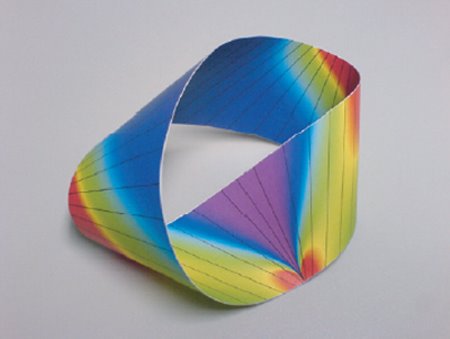What is a probability that a quadratic equation of the form x^2+2bx+c=0 (where b and c are real numbers) will have real roots?
Here is my solution:

I used the same technique stated here:
http://webs.wichita.edu/facsme/cbl/functions/roots.pdf
Remember that we are considering the probability of a point being in the space below the curve c=b^2 (condition for discriminant to be real). Therefore we consider the size of our square from -a to a on the horizontal axis and take this to the infinite limit (whole real line). We consider a one-sided problem due to the inherent symmetry of the curve b^2. The curve is integrated from 0 to sqrt(a) because this bounds the curve within a square of size a^2 in the first quadrant. The remainder area from sqrt(a) to a in the top quadrant is provided by the second term in the numerator. The last term is for the square in the bottom quadrant. The denominator simply doubles the square for top and bottom quadrants. Simplifying the limit, we obtain 1.


No comments:
Post a Comment